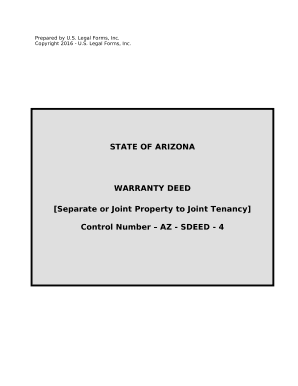
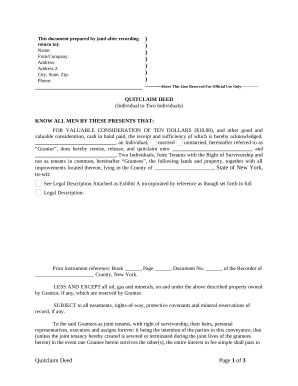
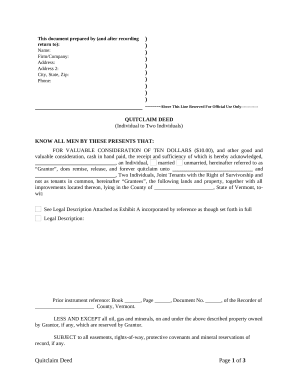
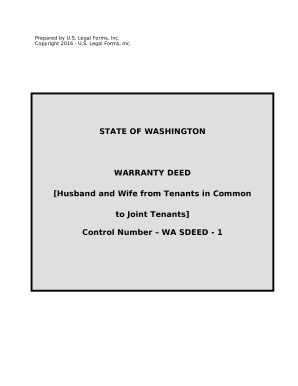

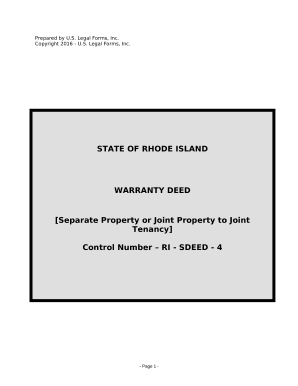
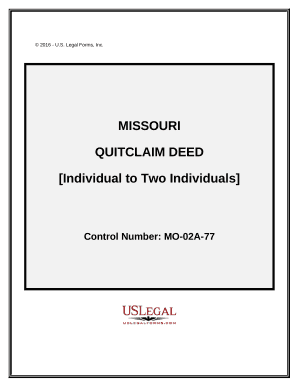
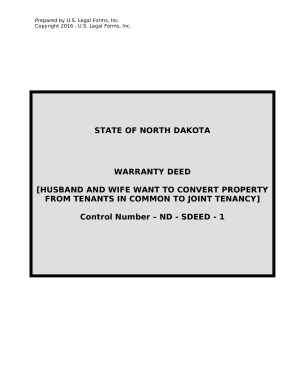



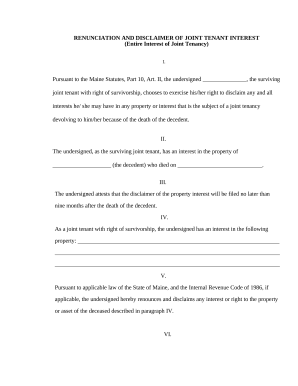
Document management can overwhelm you when you can’t locate all of the documents you require. Luckily, with DocHub's substantial form library, you can discover everything you need and swiftly take care of it without switching among software. Get our Legal Documents for Joint Tenancy and begin utilizing them.
The best way to manage our Legal Documents for Joint Tenancy using these simple steps:
Try out DocHub and browse our Legal Documents for Joint Tenancy category with ease. Get a free profile today!